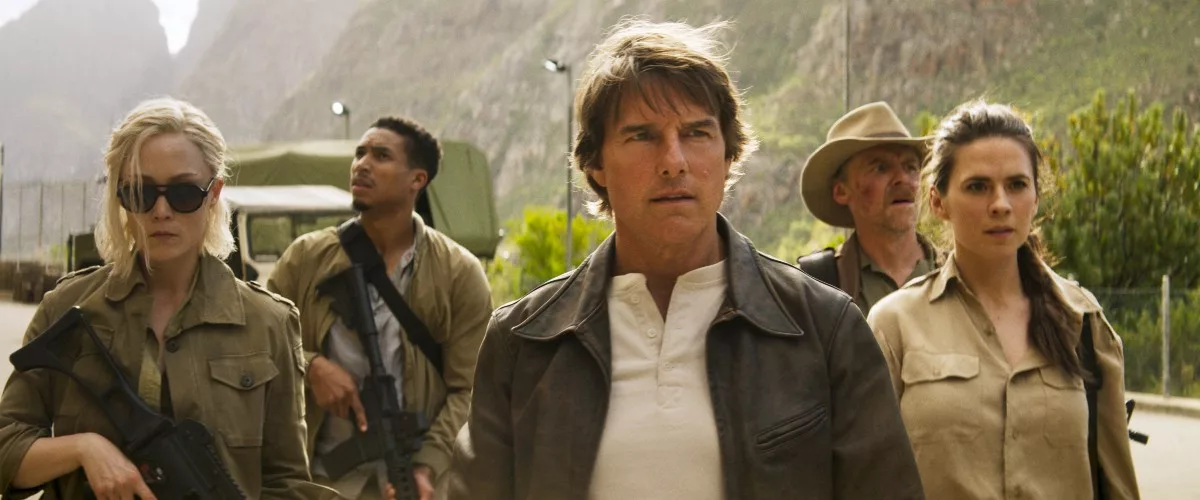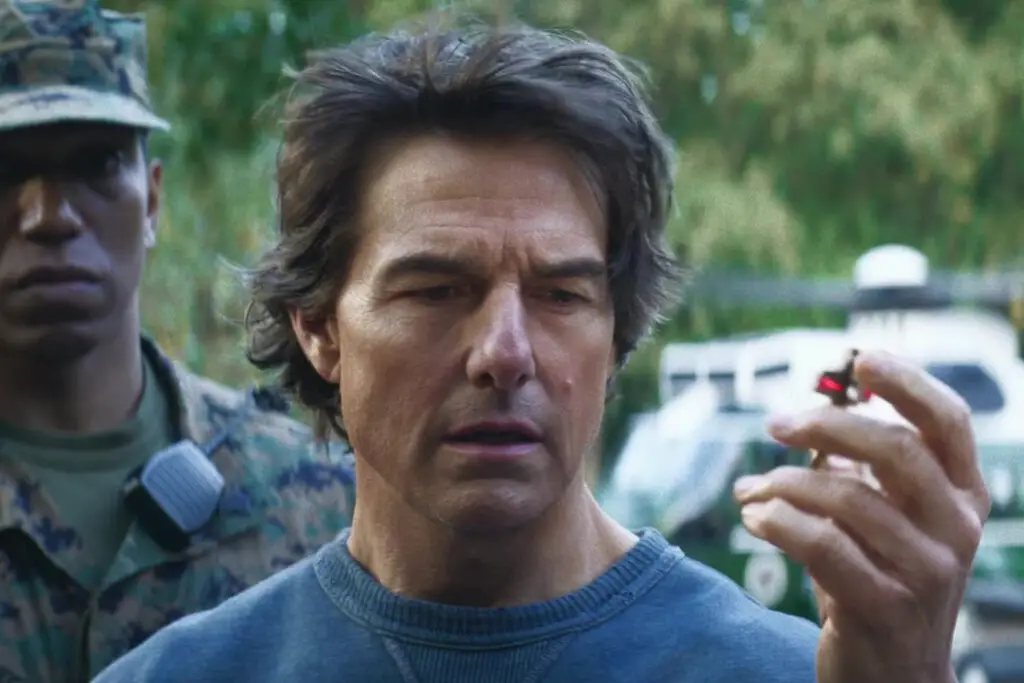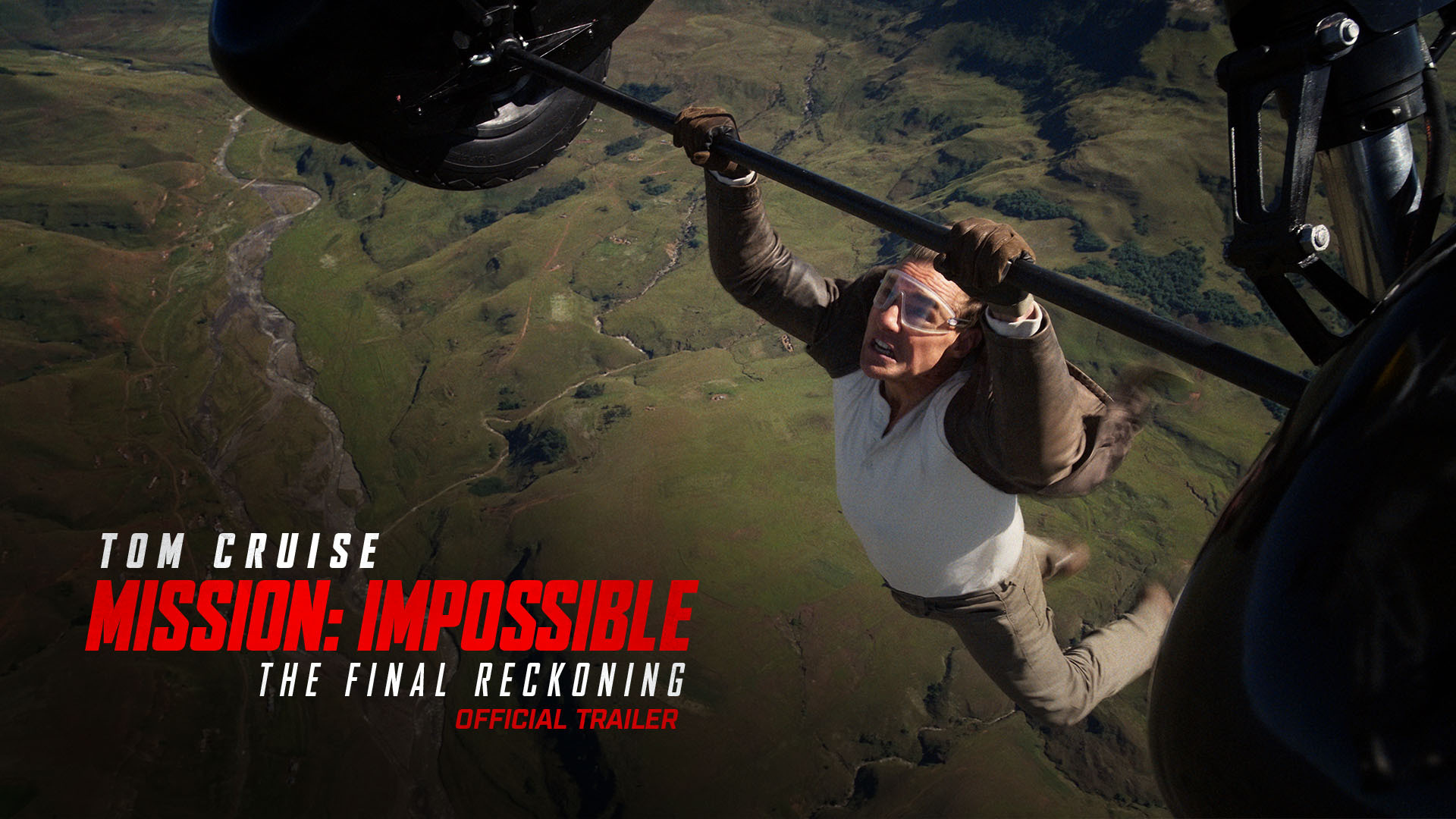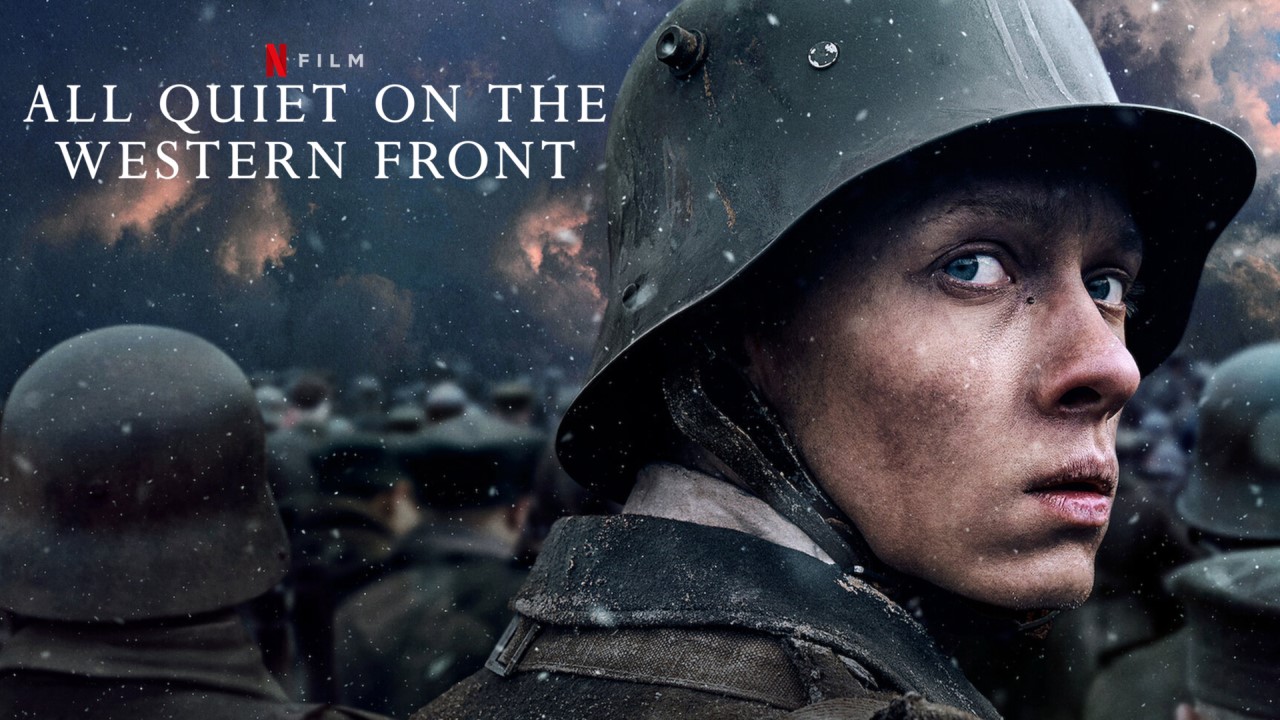The Last Mission (2025) – A High-Octane Journey of Redemption and Family
The Last Mission (2025) plunges audiences into a relentless, adrenaline-fueled odyssey starring martial arts veteran Scott Adkins as Jack Keller, a former special agent haunted by a catastrophic mission that cost the lives of his teammates . Stricken with guilt and living in self-imposed solitude, Jack’s life takes an unexpected turn when an international crime syndicate threatens the only thing he holds dear: his family. Forced to confront his demons and return to a world he left behind, he embarks on one final mission to protect his loved ones and atone for past failures.
From the opening sequence, The Last Mission wastes no time in delivering its promise of nonstop action. The film is driven by intense hand-to-hand combat scenes that highlight Adkins’s impeccable martial arts skills, seamlessly blending brutal realism with choreographic precision
Each punch, kick, and grapple serves not only as visceral spectacle but also as a metaphor for Jack’s internal struggle: the violent confrontation of his own unresolved guilt and sense of worthlessness.

What sets The Last Mission apart from typical action thrillers is its balance between explosive set pieces and emotional depth. As Jack fights his way through waves of mercenaries and high-speed chases, the screenplay delves into themes of honor, loyalty, and the price of forgiveness . Flashbacks to the failed mission that shattered his world are interwoven with moments of tenderness and vulnerability, grounding the character’s arc in something deeply human. These quieter scenes—Jack holding his daughter, speaking with his estranged wife—provide a poignant counterpoint to his combative world, raising the stakes beyond mere physical survival.
Visually, the film delivers gritty, realistic aesthetics suited to its street-level narrative. Urban environments are captured with a utilitarian lens; dimly lit warehouses, rain-slicked streets, and claustrophobic interiors reflect Jack’s internal isolation. The cinematography, combined with sharp editing and tension-filled pacing, elevates each action sequence above generic choreography, making them feel consequential to the story.

Critics and early viewers have praised Adkins’s performance as both physically commanding and emotionally resonant. He injects Jack with a sense of weary resolve, someone driven by responsibility more than vengeance—an approach that echoes the film’s moral underpinnings . His ability to anchor large-scale violence in emotional stakes is a triumph of performance and direction.
Though it sometimes leans into familiar action tropes—rogue syndicates, ticking-clock dilemmas—the movie rescues itself through Adkins’s authenticity and the script’s focus on personal redemption. The core conflict is not just about defeating criminals, but about repairing fractured relationships and reconstructing a sense of self-worth after tragedy.

In its final act, The Last Mission delivers a crescendo of tension and revelation. Jack confronts the syndicate’s leader in a brutal, no-holds-barred showdown that serves as catharsis for his dormant pain. But rather than closing the book with a triumphant fist pump or cliché reunion, the film offers a nuanced resolution: Jack may save his family, but the scars remain, suggesting his journey toward healing is only beginning.
Summary: The Last Mission (2025) is a compelling fusion of martial arts spectacle and heartfelt drama. Scott Adkins delivers one of his best lead performances, balancing devastating physicality with emotional vulnerability. The film’s exploration of guilt, redemption, and familial bonds elevates it above standard action fare. For viewers looking for a finale filled with visceral thrills and a soul-tested hero, The Last Mission hits its target with force and heart.

